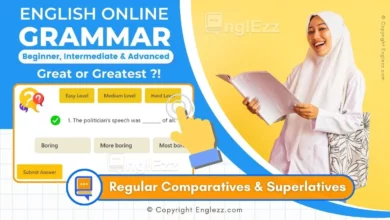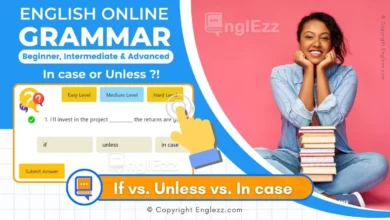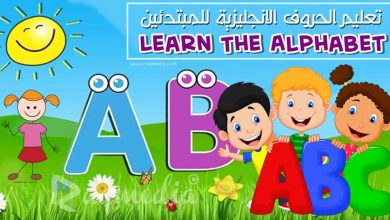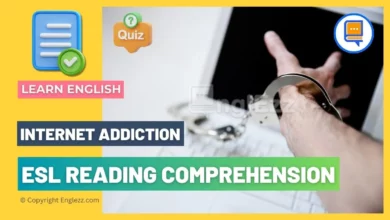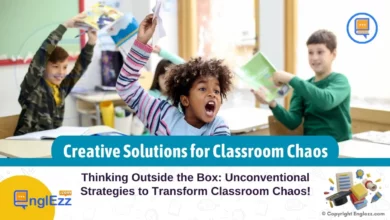Artificial intelligence (AI) is a rapidly advancing technology that has the potential to transform the way we live, work, and learn. In K-12 classrooms, AI can be used to improve student learning outcomes and make teachers’ jobs more efficient. However, there are also concerns about the impact of AI on education and the need for proper training and support for educators. In this article, we’ll explore the implications of Artificial Intelligence in K-12 Classrooms and how educators can use this technology effectively.
Table of Contents
What is Artificial Intelligence?
Artificial intelligence refers to computer systems that can perform tasks that typically require human intelligence, such as recognizing speech, making decisions, and learning from data. Some examples of AI in use today include virtual assistants like Siri and Alexa, facial recognition software, and predictive algorithms used in finance and marketing.
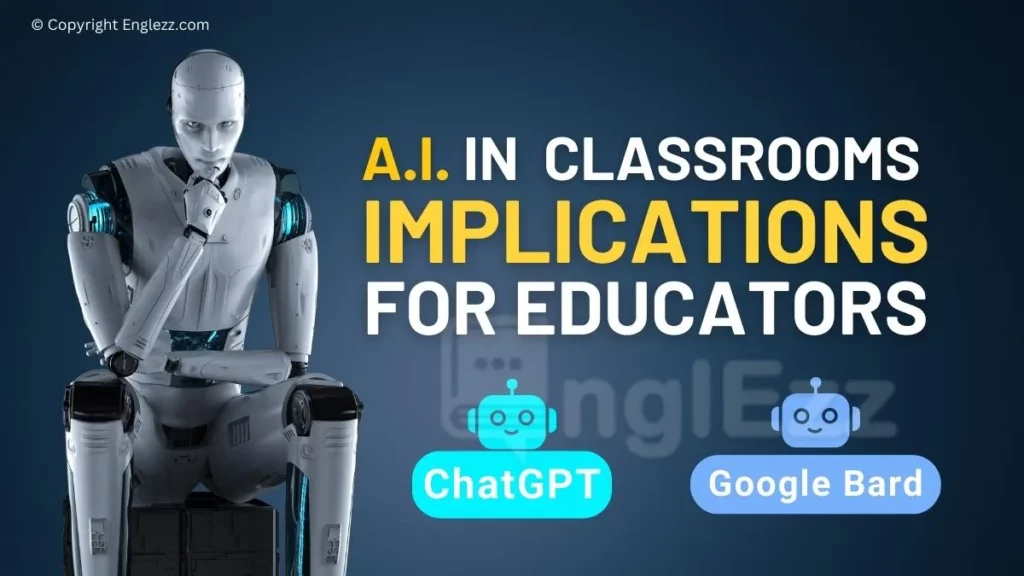
In the context of education, AI can be used to personalize learning experiences, provide targeted feedback to students, and automate tasks like grading and assessment. While AI can be a powerful tool for educators, it’s important to note that it is not a replacement for human teachers.
AI can complement and enhance the work that educators do, but it cannot replace the complex emotional and social interactions that occur in a classroom setting.
Implications of Artificial Intelligence in K-12 Classrooms
There are several potential benefits of using AI in K-12 classrooms. One major advantage is the ability to personalize learning experiences for students. AI can analyze student data, such as their learning style and performance history, and provide customized recommendations for learning activities and assessments.
Another benefit of AI is improved student engagement. AI can provide interactive and dynamic learning experiences that keep students interested and motivated. For example, AI-powered virtual reality simulations can help students visualize and interact with complex concepts in a way that traditional classroom materials cannot.
However, there are also concerns about the impact of AI on education. One concern is privacy. AI relies on large amounts of student data to make decisions and provide recommendations, which raises questions about who has access to this data and how it is being used. Another concern is the potential for AI to replace teachers. While AI can automate some aspects of teaching, it cannot replace the emotional and social interactions that occur between teachers and students.
How Educators Can Use AI in k-12 Classrooms
There are several ways that educators can use AI in k-12 classrooms. One example is chatbots, which can be used to provide instant support to students. Chatbots can answer common questions, provide feedback on assignments, and even assist with test preparation.
Another way educators can use AI is through adaptive learning software. Adaptive learning uses algorithms to adjust the difficulty level of learning activities based on a student’s performance. This helps ensure that each student is challenged appropriately and can progress at their own pace.
Speech recognition technology is another AI tool that can be used in K-12 classrooms. This technology can help students with reading difficulties by providing real-time feedback on pronunciation and fluency. It can also be used to support language learning by providing instant translation and feedback.
When implementing Artificial Intelligence in K-12 classrooms, it’s important for educators to consider several factors. One is the need for proper training and support. Educators need to understand how AI works and how to use it effectively to support student learning. They also need to be aware of the limitations of AI and the potential ethical concerns that can arise.
Another factor to consider is the selection of AI tools. Not all AI tools are created equal, and educators need to carefully evaluate the options available to them. They should consider factors such as the reliability and accuracy of the tool, the level of customization available, and the potential cost.
Factors to Consider When Selecting AI Tools
When selecting AI tools for the classroom, there are several factors that educators should consider:
Reliability and Accuracy:
The AI tool should be reliable and accurate in its predictions and recommendations. Educators should research the tool’s track record and read reviews from other educators to ensure that it is reliable.
Customization:
The AI tool should be customizable to fit the unique needs of each classroom and student. Educators should look for tools that can adapt to different learning styles and abilities.
Cost:
The cost of the AI tool should be reasonable and fit within the school’s budget. Educators should also consider the long-term costs, such as maintenance and upgrades.
Privacy and Security:
The AI tool should have strong privacy and security measures in place to protect student data. Educators should look for tools that are compliant with privacy laws and regulations.
Ease of Use:
The AI tool should be easy to use and integrate into the Artificial Intelligence in K-12 Classrooms. Educators should look for tools that have a user-friendly interface and provide adequate training and support.
Best Practices for Using AI Effectively
Here are some best practices for using AI effectively in the classroom:
Understand the Tool:
Educators should take the time to understand how the AI tool works and how it can be used to support student learning. This includes understanding its limitations and potential ethical concerns.
Provide Adequate Training:
Educators should receive adequate training on how to use the AI tool effectively. This includes how to interpret the data and recommendations provided by the tool and how to integrate it into their teaching practices.
Use AI as a Tool, Not a Replacement:
AI should be used as a tool to support and enhance teaching, not as a replacement for human teachers. Educators should continue to provide emotional and social support to students and use their expertise to guide student learning.
Monitor Student Progress:
Educators should regularly monitor student progress and assess the effectiveness of the AI tool. This can help identify areas where the tool is working well and where improvements can be made.
Communicate with Students and Parents:
Educators should communicate with students and parents about how the AI tool is being used in the classroom. This includes explaining the benefits and limitations of the tool and addressing any concerns or questions that may arise.
10 Practical Tips For Teachers To Overcome Pandemics Challenges
By following these best practices and carefully considering the factors involved in selecting AI tools, educators can effectively integrate AI into their teaching practices and support student learning and engagement.
Final Thoughts
Artificial intelligence has the potential to revolutionize K-12 education by providing personalized learning experiences, improving student engagement, and automating certain tasks. However, it’s important for educators to be aware of the potential challenges and concerns that come with using AI in the classroom.
By understanding how AI works and how to use it effectively, educators can harness the power of this technology to support student learning and engagement.
Overall, AI is not a replacement for human teachers, but it can be a powerful tool to enhance the work that educators do. As AI continues to evolve and become more accessible, it’s important for educators to stay informed about the latest developments and consider how they can use this technology to support their students. With the right training and support, AI can be a valuable addition to any K-12 classroom.




